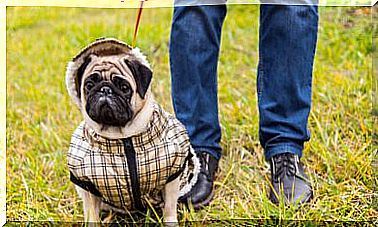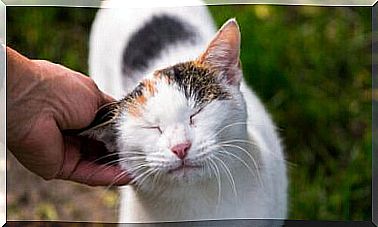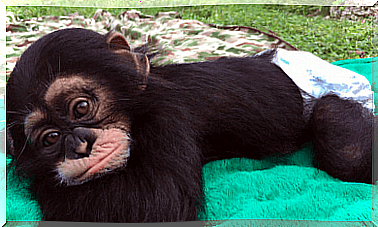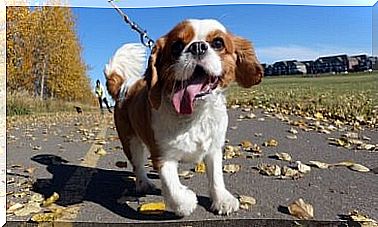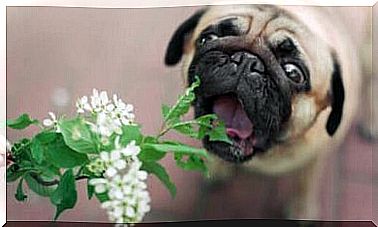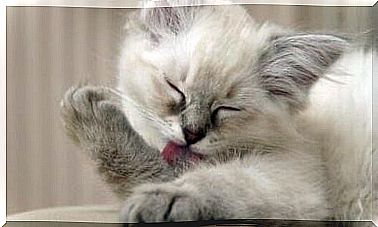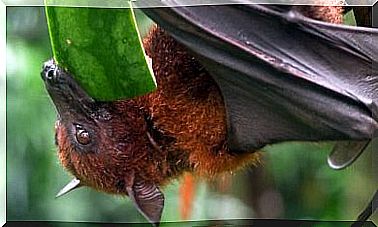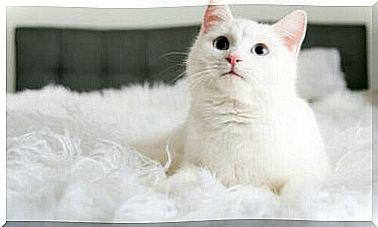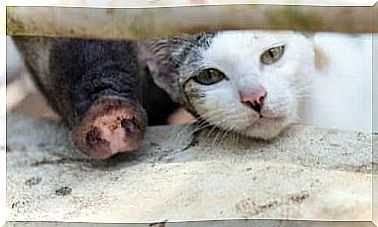The Animals’ Skin Molt
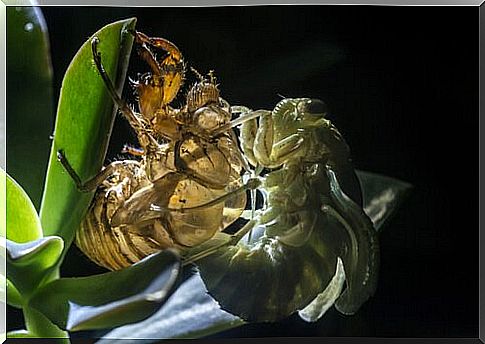
The process known as “skin molt” is based on the renewal of the body’s covering and occurs in several animal species, especially reptiles and crustaceans. Next, learn more about this mechanism.
The skin changes in reptiles
Reptile skin is characterized by being thick and protected by hard scales – smooth or grooved – that prevent water loss through the skin and prevent desiccation or dehydration.
Furthermore, the dermis of these animals contains pigment cells – which give them that characteristic green or brown color – and they do not have sweat glands; which is why they don’t perspire.
When a reptile changes its skin, it renews the stratum corneum of the epidermis; either fully or partially. The process starts at the head and ends at the tail.
The only species where the transformation is visible are snakes: a few days before, they become aggressive and stop eating; as they need a lot of energy for this process. When finished, they leave a thick “shirt” with the shape and color of their bodies.
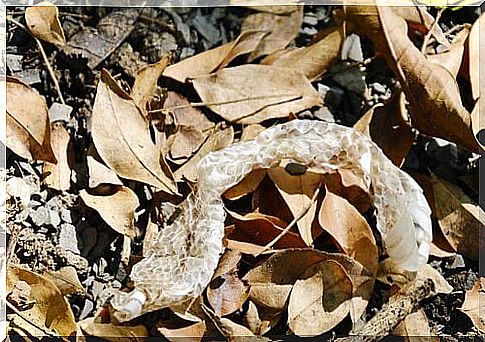
In lizards, crocodiles and turtles, change happens gradually. In many cases, the animal eats the shed skin; so the changes are not always noticed.
The time it takes a reptile to change its skin depends on several factors, such as the season of the year, the temperature and humidity in the environment, and even the age of the animal. Young people change their skin more than adults.
When a reptile prepares to make the move, it looks for a damp place or submerges itself in water.
This speeds up the process and makes it easier for the outer skin layer to detach more easily.
The shedding of skin in crustaceans
The crustacean species are covered by a calcium carbonate exoskeleton, which forms a rigid carapace that protects them at all times. The problem starts when the animal grows and this “shield” gets too small.
Growth in crustaceans is a complex process and comprises several phases: pre-moult, inter-moult, moult and post-moult.
Along these lines, physiological and morphological changes take place; thanks to which the exoskeleton is replaced by a larger one.
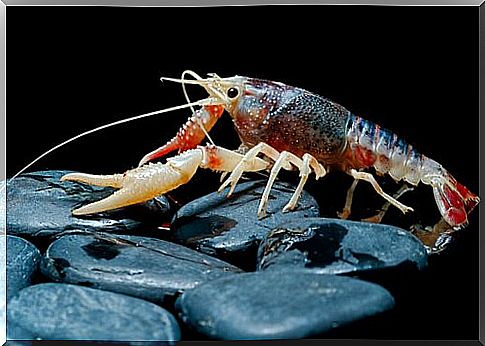
The cycle is triggered in a hormonal way and the body ejects different substances that allow the change.
When it develops a new exoskeleton – thin and not calcified – it gets rid of the old one. Afterwards, it captures water to increase the volume of its new carapace and strengthen it.
What happens to birds and mammals?
When we think of the change of skin, we automatically imagine a snake or a crab. But other species and families also perform this process sometime in their lives.
In the case of birds – which come from dinosaurs – molting happens when they change their plumage according to the season. The old feathers come off little by little, so the animal is not completely naked. Even so, he must remain on the ground and seek shelter, because his wings are not covered enough to fly.
The plumage renewal process begins at the head and ends at the tail, and may take place once or twice a year. In the case of birds of prey, they are only able to change their feathers once every two or three years.
Mammals, in turn, also carry out a kind of “moulting”, but they do not change their skin, but their fur. This transformation is gradual and is related to seasonal changes, especially in animals that live in polar, arctic or high mountain areas: wolf, fox, polar bear, rabbit, among others.
To survive the cold, snowy seasons, mammals cover their bodies with thicker hair.
In some cases, the new hair is white; so they can camouflage themselves with ice or snow.
